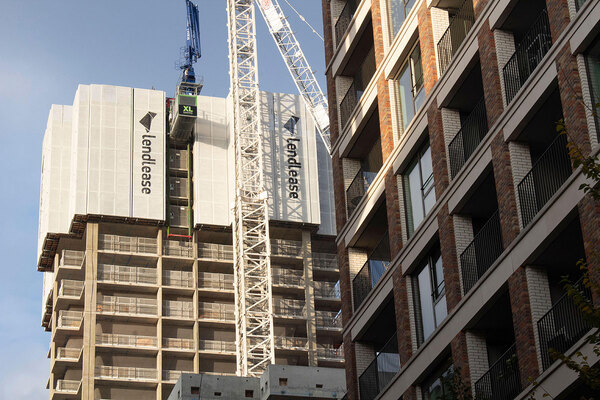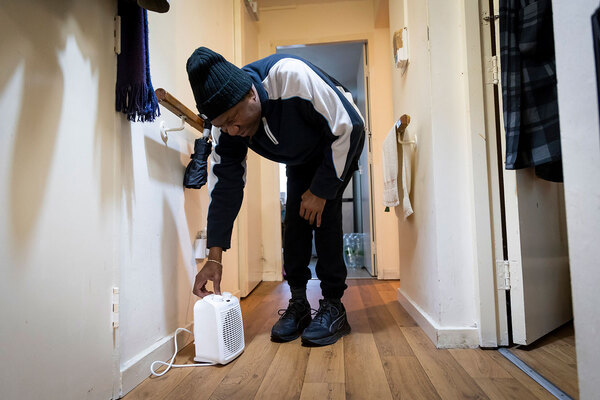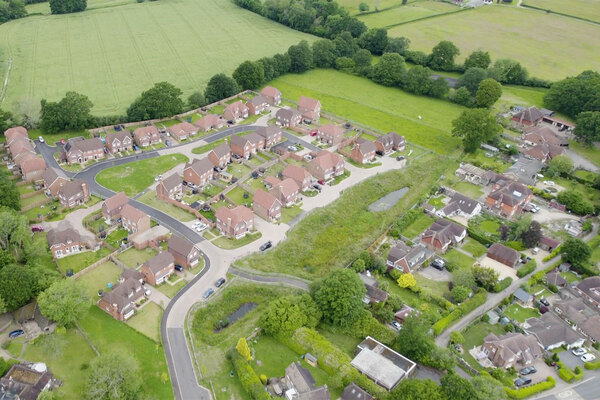You are viewing 1 of your 1 free articles
No need for NHS-owned associations
The NHS should work with existing associations to make better use of land for housing, says Brian Reynolds
Sir Robert Naylor’s report – NHS property and estates, published in March – contained, buried in the fine print, an intriguing suggestion that “…the NHS could create its own bespoke housing association”.
While that didn’t translate directly into a recommendation, the report does recommend that land vacated by the NHS is prioritised for the development of residential homes for NHS staff where there is a need.
“Does the NHS have the competence to set up and run, albeit at arm’s length, a housing association?”
Theresa May’s recent public support for the Naylor report has awoken interest in that idea, but so too has the sheer scale of the opportunity. The NHS owns 6,500 hectares of land – that is some 9,000 football pitches, or 3,000 Albert Halls, depending on how you culturally prefer to measure these things.
The NHS has a target to release £2bn of that surplus asset by 2020 in order to deliver 26,000 homes. Mr Naylor reckons that figure could be an underestimate of what is possible.
Of course, direct residential provision isn’t new; nurses’ homes were developed on many trust sites across the country, and bespoke housing associations focusing on veterans (Haig, for example) or airline staff (Airways Housing Society) are part of the sector’s landscape.
But the demise of nurses’ homes following years of neglect mirrors the experience of armed forces’ homes, and Mr Naylor certainly isn’t minded to recreate that problem, nor replicate the Annington Homes debacle.
So would an arm’s-length body – independently regulated, able to access free or discounted land, and with access to the capital markets – be the solution?
Rather than just renting homes to staff, they could be leased on periods consistent with the duration of the employment contract; in this way the employee might benefit from a share in any equity increase on their retirement, and the property retained for a new employee.
I guess the question has to be: when you have such a vibrant, diverse housing association movement, why reinvent the wheel? And anyway, does the NHS have the competence to set up and run, albeit at arm’s length, a housing association?
Questions are already being asked about the wisdom of having two NHS property companies (NHS Property Services for the ex-primary care trust stock, and Community Health Partnerships for the current private finance initiative stock) and a proposal emerged last December to combine the two.
Anyone who has worked in a large organisation – public or private – knows that the energy, expertise and capacity needed to implement transformation can take focus away from the day job.
“This is the moment to keep it simple.”
Perhaps this is the moment to keep it simple, and enter into a number of regional deals with existing housing associations that deliver a range of products for NHS staff based on the surplus land becoming available.
It seems absolutely right for the NHS to get a ‘dividend’ from the surplus land release, but let’s keep the focus on the outcome and not complicate things. And we don’t want another acronym, NHSa; we’ve already got NHSi and NHSe.
Brian Reynolds, programme director, One Public Estate – Local Government Association











